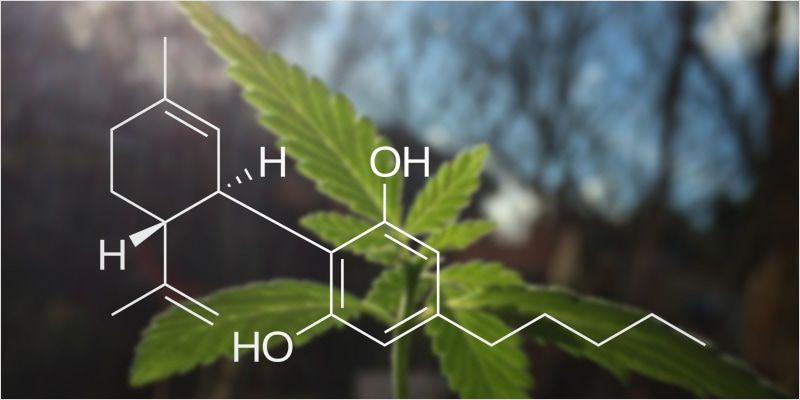Athletes are always searching for an edge—something natural, effective, and safe that helps them push harder, recover faster, and keep their bodies in top condition. Over the past few years, CBD has become a go-to for many in the fitness community, but now it’s no longer the only cannabinoid in the spotlight. Enter THCV and CBG, two lesser-known compounds that, when paired with CBD, are sparking serious curiosity in locker rooms and gyms alike.
A New Kind of Training Partner
Most people know CBD as the calming, anti-inflammatory option that helps with sore muscles and post-workout relaxation. But THCV and CBG bring their own unique energy to the mix. THCV, often dubbed the “sports car” of cannabinoids, has been linked in early studies to appetite regulation, sharper focus, and even blood sugar control. For endurance athletes, cyclists, or anyone training for weight-specific sports, that potential is hard to ignore.
CBG, on the other hand, is more like the bodyguard. Known as the “mother cannabinoid,” it’s being studied for its neuroprotective qualities and its ability to fight inflammation and oxidative stress. For athletes dealing with joint strain or repetitive wear and tear, that translates to less downtime and a smoother recovery process.
Blended Benefits
The magic happens when these cannabinoids work together. CBD keeps recovery grounded, THCV offers a boost in energy and clarity, and CBG helps shield muscles and nerves from the grind of daily training. It’s a three-pronged strategy that athletes say fits more naturally into their routines than reaching for ibuprofen or prescription painkillers.
Some runners and MMA fighters are already experimenting with timing—using a THCV-rich blend before workouts for alertness, then leaning on CBD and CBG after sessions to bring the body back into balance. The early feedback? Better focus, reduced soreness, and fewer recovery slumps.
The Market’s Response
Cannabis wellness brands are taking notice, crafting tinctures, softgels, and even recovery drinks with all three cannabinoids. While CBD remains dominant on shelves, the introduction of THCV and CBG into the mix is carving out a new niche in sports performance. It’s still a young trend, but one that signals where the cannabis-meets-fitness conversation is heading.
What Science Still Needs to Prove
That said, it’s important to note that THCV and CBG are still relatively under-researched compared to CBD. Most of the studies so far are either small or preclinical. And with regulations around cannabis still uneven globally, athletes—especially professionals—need to be cautious about compliance with anti-doping rules. WADA currently allows CBD but continues to restrict most other cannabinoids.
The Road Ahead
Even with these caveats, the momentum is undeniable. Athletes are increasingly seeking out cannabinoid blends not just for recovery, but as part of a broader lifestyle strategy—something that supports performance, mental clarity, and long-term health. As research catches up, the fitness world may soon see THCV, CBG, and CBD become as common as protein shakes or electrolytes.
For now, the buzz is clear: this isn’t just about cannabis culture—it’s about redefining how athletes fuel, train, and recover in a way that feels natural and sustainable.

